Token Lock: What It Is, Why It Matters, and How It Protects Crypto Investors
When you see a crypto project announce a token lock, a period during which certain tokens are frozen and cannot be sold or transferred. Also known as token vesting, it’s a way to stop insiders from dumping their coins right after launch and crashing the price. Without it, early investors, team members, or venture capitalists could sell everything the moment the token hits exchanges — leaving regular buyers holding the bag. That’s why smart investors always check the token lock schedule before putting money in.
A smart contract lock, a code-based restriction that automatically enforces token holding periods is the most trusted method. It doesn’t rely on trust — the blockchain does the enforcing. Projects that use this are usually more serious. On the flip side, some projects claim to have a lockup but don’t use a verifiable smart contract. That’s a red flag. You can’t trust a promise. You need proof. Look for audits, public wallet addresses, and time-stamped lock contracts. If a project won’t show you the details, walk away.
Tokenomics, the economic design behind a token’s supply, distribution, and usage is where token locks fit in. A well-designed tokenomics model includes phased unlocks — maybe 20% at launch, another 20% after six months, and the rest over two years. That keeps selling pressure low and gives the project time to build real value. Compare that to projects where 50% of tokens unlock in 30 days — those are usually designed for quick flips, not long-term growth. You’ll find plenty of those in the posts below.
Token locks aren’t just about stopping dumps. They signal discipline. When a team locks their own tokens for a year, it says: "We believe in this long enough to not cash out early." That’s rare. Most crypto projects fail because the people behind them don’t have skin in the game. The ones that survive? They’re the ones who locked their coins and kept building.
You’ll see token locks mentioned in reviews of projects like Solrise Finance, X Project, and Paradox — all tokens with weak adoption and questionable lockups. You’ll also find guides on airdrops where token locks were used to prevent immediate selling. And in deep dives on DeFi protocols like Aave, where liquidity provider tokens often come with vesting schedules. These aren’t random examples. They’re proof that token locks matter — whether you’re buying, investing, or just trying to avoid scams.

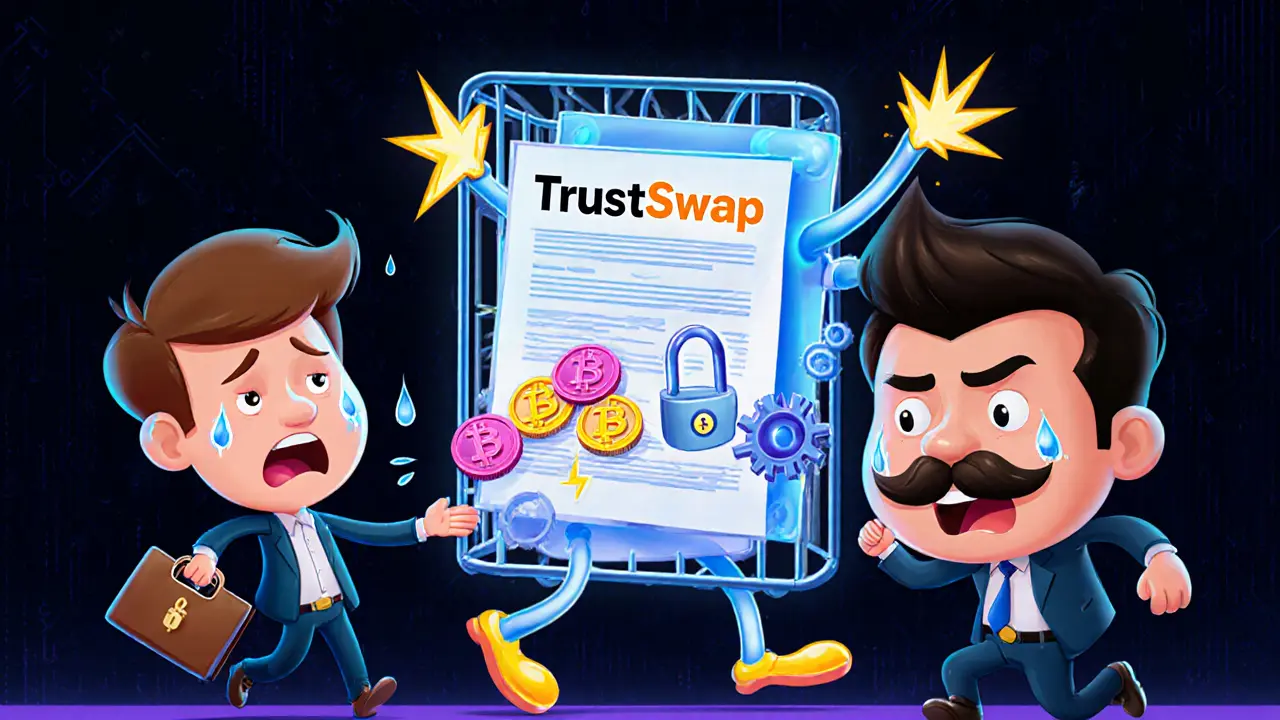
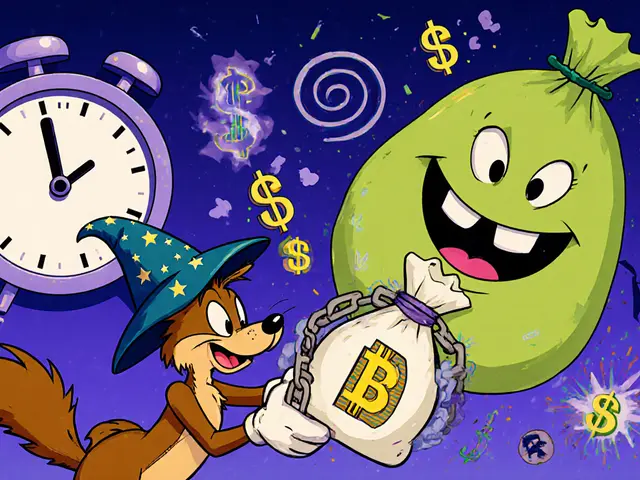

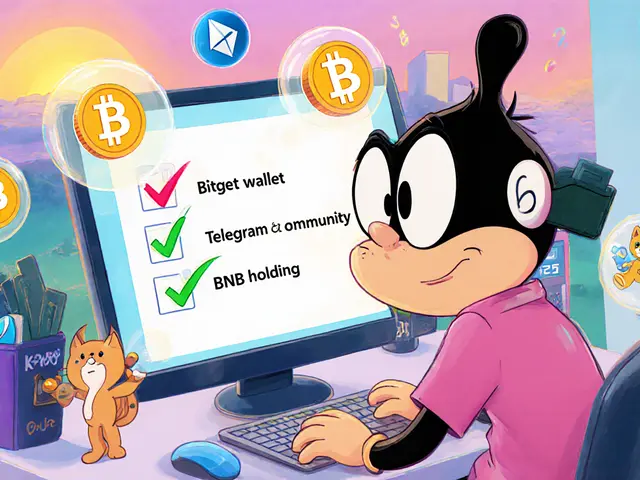
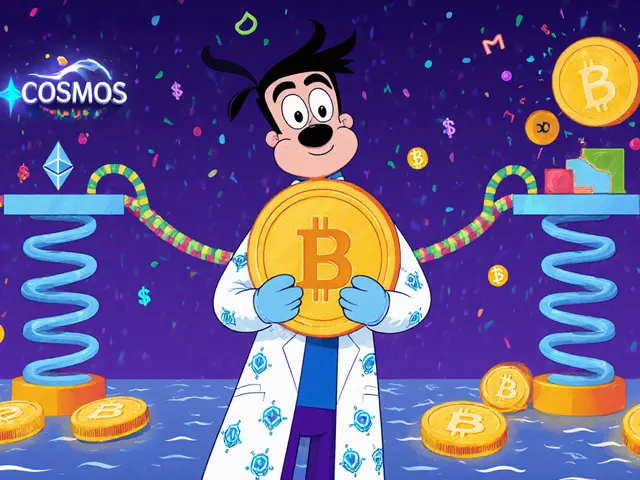
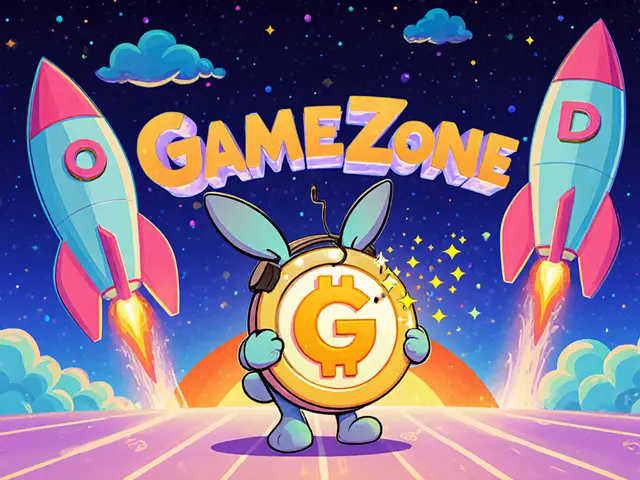
Categories